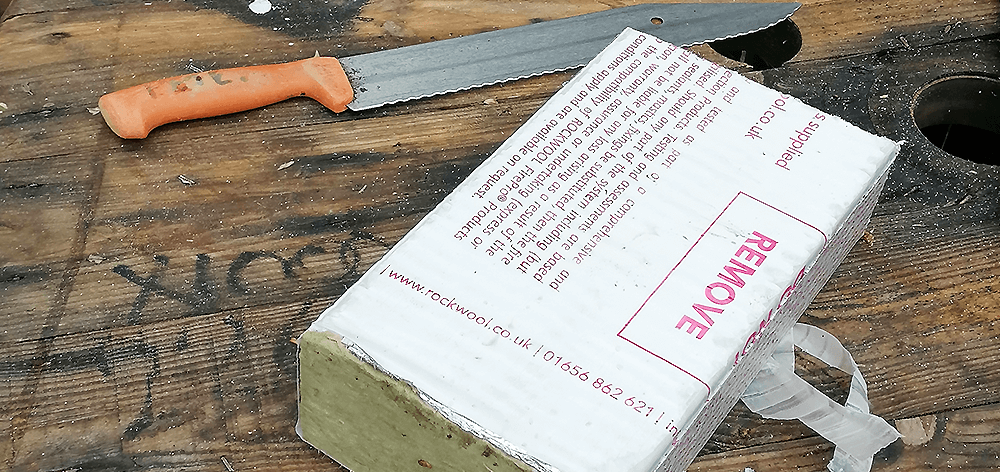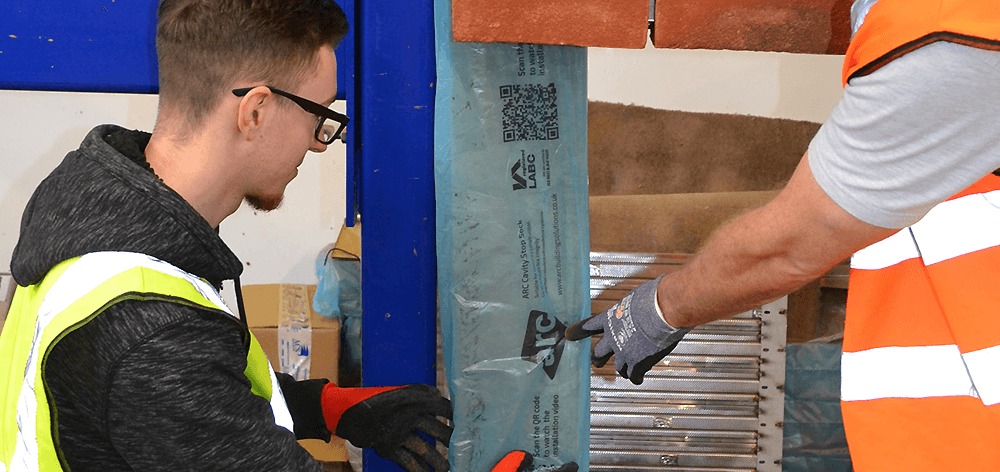| Overview |
| Duration: 1 Day |
| Delivery method: 50% classroom, 50% practical |
| Delivery language: English only |
| Price: Please enquire for a personalised quote below – CITB grant applicable |
All you need to know about perhaps one of the most topical areas of bricklaying! This one-day course gives all learners the skills, knowledge and practical ability to identify where fire-stopping is required in a building and how to install cavity barriers competently.

You’ll spend the morning session of this Installing Fire Barriers and Breaks course learning about the need for fire-stopping and passive fire protection in buildings, with a particular focus on cavity barriers, their function, how they should be installed according to manufacturers’ specifications and hazards associated with non-compliance. You’ll also learn about the use of party wall closers, open state fire barriers and linear gap seals, as well as the testing and accreditation of related products, plus fire break requirements for service penetrations.
During the afternoon session, you will get the chance to install a horizontal cavity barrier and your Trainer will assess your competency on this practical element of the course.
Take a look below at the course structure and delivery method, as well as further information on how you’ll be assessed and what you’ll get when you pass this 1 day Installing Fire Barriers and Breaks training course.

There are no candidate pre-requisites to take this course. However, knowledge of bricklaying terminology, techniques and tools is beneficial, as is the ability to read construction drawings and manufacturer’s installation specifications.
- A brief overview of the spread of fire within a building and within the concealed cavities
- To understand what fire barriers and breaks are and why they are used to restrict the lateral and vertical spread of fire
- The hazards and defects associated with non-compliance
- To understand where fire barriers and breaks are fitted and how to read from drawings
- To understand the different types of fire barriers and breaks used
- How to install a cavity fire barrier
- What records, information and detail should be used and kept when installing fire barriers and breaks
- Understanding the accreditation requirements and system certification
- Overview of fire break requirements for services
See scope of training on the CITB website
- 50% Classroom – Presentation given by Trainer with group discussion & pointed questions
- 50% Practical – Fitting a cavity fire barrier to a manufacturer’s specifications
For the successful completion of training, all learners must complete an end of course practical assessment, to be recorded by the Trainer, which measures the learning outcomes and has a pass or fail criteria
Upon successful completion of training, learners will receive an ABC Assessment Centre training certificate, as well as accreditation from CITB for competency in Installing Fire Barriers and Breaks
Mandatory refresher training every 5 years






